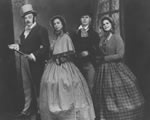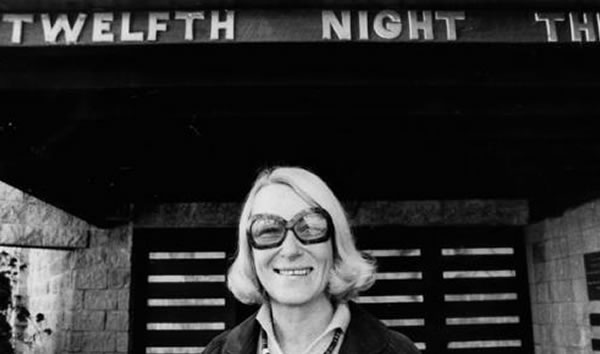AustLit
-
Debt and Government Funding
In the mid-1960s, the theatre’s women’s group, chaired by Mrs Loran Gzell, set themselves the task of raising money to purchase land for the building of a new Twelfth Night Theatre complex (Batchelor 12). Brian and Majorie Johnstone were generously prepared to sell them land for much less than its real value (Batchelor 26). Through these people’s efforts, enough money was raised to acquire a block of land in Bowen Hills in 1966 (Batchelor 26). The next challenge that Twelfth Night faced was to raise more funds to erect the new theatre. Desperate, Brian Sweeney, president of Twelfth Night from 1971, approached the Queensland Cabinet with their plea (Batchelor 27). In 1979, at a time when Government patronage was almost unheard of in little theatre, a dollar for dollar subsidy plan was approved for up to $100 000 towards the cost of the building (Radbourne 254). Joan Whalley stated:
“This was the government's way of making it quite clear they consider the development of cultural activities extremely important” (“Tax aid sought for new theatre” 12).
In addition to this subsidy, Sweeney approached CUB for a bank guarantee and, as a result, Twelfth Night was given a guarantee of another $100 000 (Batchelor 28). This money was then joined together and the new building was constructed on the land the women had purchased (Batchelor 28). A new $350 000 theatre complex was opened on the twelfth night of February 1971 (Batchelor 28). Described as one of the most comfortable theatres in Australia, it had a licensed club room, facilities for members, a licensed restaurant and a theatre with seating for 400 (Batchelor 28). According to Batchelor, “it was a grand concept, but before its time in Brisbane” (14).
In this same year, Twelfth Night was reconstituted as a professional company (Anthony 1). Certainly not for the first time in history, when the little theatre made the change to professional status, it proved the management of finances and artistic enterprise incompatible. Considerable stress was placed upon the commercial viability of the company as it struggled for the first time with huge wage bills and mounting overhead costs (Batchelor 39).
By the time the theatre complex at Bowen Hills opened, the company was $186 000 in debt and the Government could not offer further assistance as its condition for subsidy had been broken (Radbourne 256). Twelfth Night therefore fought for continued existence, carrying a financial burden that threatened necessary growth and development. Although the critics raved, the bank balance lurched further towards crisis (Batchelor 40). Again through the efforts of Brian Sweeney, a special rescue grant by federal and state sources was negotiated. The State Government and the Australian Council each provided $100 000. However, even after the Government relieved them of their financial liability, the company still found professionalism too costly (Batchelor 30). They struggled to reconcile artistic principle with sound financial management (Batchelor 39).The cry for professionalism thus destroyed Twelfth Night and the company eventually retrenched the existing professional company in 1977, the same year Joan Whalley resigned (Batchelor 32).
You might be interested in...





